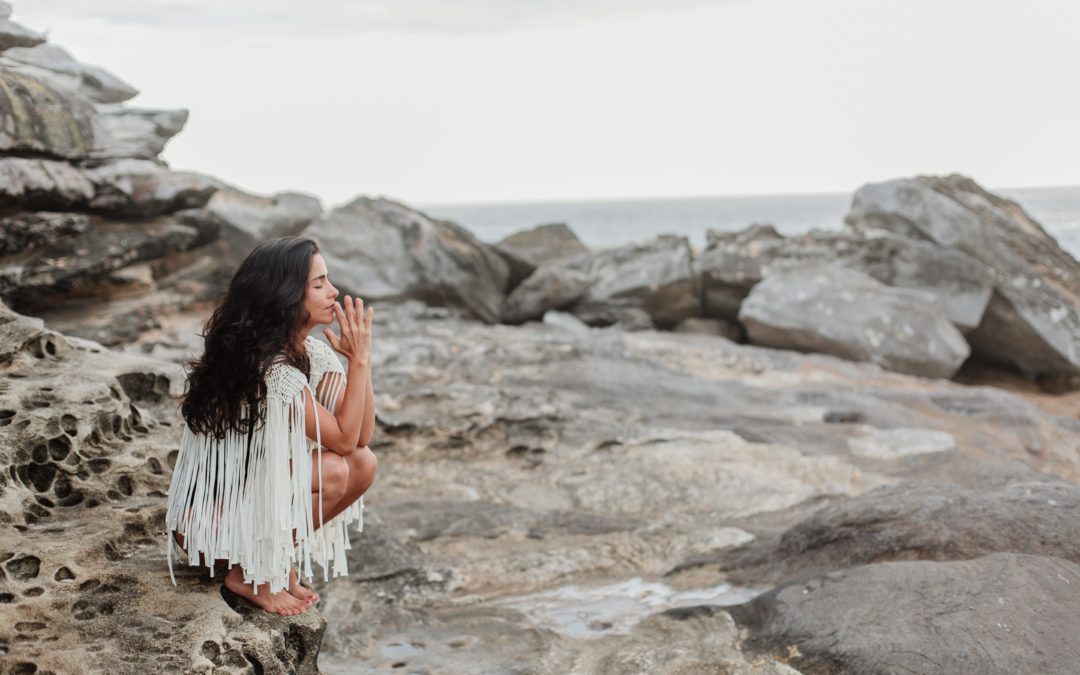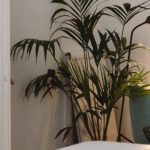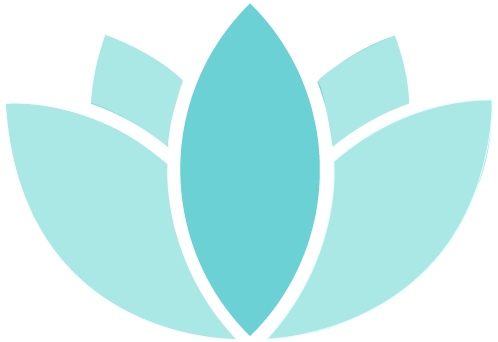Table of Contents
Anxiety is a perfectly normal human experience. It is the brain and body’s natural reaction to stress. However, it also has a way of becoming a problem. If the feelings of apprehension and undefined fear are taking over your life, it’s time to regain control. Learn how to calm your anxiety using the 11 best relaxation techniques we’ve researched for you.
When Does Anxiety Become a Problem?
Similar to the fight or flight response, anxiety is meant to serve a purpose. It should prepare you to cope with any kind of anticipated danger. Anxiety boosts your perception. Moreover, it provides you with the speed and strength you’d need to fight a threat. Thanks to anxiety, you might study harder for an exam or notice the risks of a choice better. Or in the worst-case scenario, run for your life.
Yet, it was meant to be a short-term reaction. It becomes a problem when it gets chronic, disproportionate to the situation, too hard to control, and interferes with your functioning. In that case, you might be diagnosed with an anxiety disorder.
Anxiety Symptoms
According to the DSM-5, symptoms that accompany this group of disorders are restlessness, fatigue, difficulties concentrating, irritability, muscle tension, and sleep disturbance. It becomes difficult to relax, even though you could get tired quite easily. You might get edgy, tense, and you might not manage to sleep well. Sometimes, anxiety can become so overwhelming and uncontrollable that it impacts your day-to-day living. That’s when you may be diagnosed by a licensed mental health professional.
Anxiety affects almost one-third of U.S. adults. Approximately 31% of Americans have experienced some of the anxiety spectrum disorders during their lifetime. Are you one of them? If so, apart from medication and psychotherapy, there are tools that you can try for yourself to regain control over your mind and body.
Relaxation Techniques to Tackle Anxiety
If you feel that your anxiety levels are overwhelming, commit to a daily stress relief practice. Listed here are the top 11 relaxation techniques for improving stress and anxiety. They can all potentially improve your relaxation response and decrease any psychological and physical effects of anxiety.
Pick the one that fits your lifestyle the best. Or, ideally, incorporate them all into your self-care routine. Aim to practice these relaxation techniques every day, even when you’re not feeling overly anxious. Through regular practice, you can train your mind and body to become able to relax once high-intensity anxiety hits.
Breathing Exercises
One of the first lines of defense, when you’re trying to reduce anxiety levels, is to learn some of the breathing techniques. Yogic breathing, such as ujjayi, bhastrika, and Sudarshan Kriya, were found to alleviate anxiety and stress.
Start with this simple exercise. Sit comfortably with a good posture, hands relaxing on your thighs. Close your eyes. Inhale through your nose slowly, for five seconds, trying to do so with your belly. Hold for two seconds. Then breathe out through your mouth slowly for another five seconds. Repeat this exercise ten times.
Try and set aside ten minutes each day for your breathing exercises. You’ll notice that you’re developing the ability to refocus your wandering mind. The problem with anxiety is mostly that your thoughts have gone rogue. By learning to focus on your breath, you’re training your mind not to allow this to happen. Also, the mere mechanics of such breathing exercises produce physiological basis for relaxation.
Anxiety Reducing Exercises
There’s no disputing the fact that physical exercise reduces anxiety. You don’t need to sign up for expensive or grueling fitness programs. Even 20 minutes a day of a simple activity, such as walking or jogging, can significantly lower your anxiety levels. Both aerobic and strength training can serve as relaxation techniques if you feel crushed by excessive worry.
Yoga
Yoga, as well as similar forms of exercise, such as tai chi, have been found to ease anxiety when practiced regularly. You can incorporate it into your wake-up routine to relieve morning anxiety. Or, you can end your day with yoga to ensure a good night’s sleep. Yoga poses that can help relieve anxiety are, for example, Big Toe, Bridge, or Extended Puppy pose.
Nowadays, you don’t need to attend yoga sessions at prescribed days and times. You can sign up for online yoga classes. DoYogaWithMe is a good place to start, as it offers free videos and a massive variety of content.
Mindfulness
Mindfulness is another tool used extensively and effectively in anxiety-reduction programs. It is a practice that teaches you to be fully aware in the present moment, practice non-judgment and acceptance. Mastering mindfulness is a great tool to bring you back from the dreaded (imagined) future into the present.
Try this:
Mindful walking in nature can be a perfect addition to your anxiety-fighting toolbox. When you’re out for a walk, start noticing things. Use all your senses to become fully aware of your surroundings. What is it that you hear? How does your skin feel? Is there a breeze? Now, notice the colors around you. When you catch your mind wandering, simply acknowledge the fact, and bring it back to perceiving the park or the woods. After your walk, notice how you feel now. Do you feel more relaxed and refreshed? With regular practice of mindfulness, this can be your default state of mind.
Meditation
The technique that often comes hand in hand with yoga and mindfulness is meditation. It helps develop better control over your mind and emotions and teaches you to slow down. Do you not have enough time (or desire) for a full-blown meditation routine? That’s not a problem! There are also micro-meditation techniques you can use whenever and wherever you are.
Try it at home:
You may sit or stand comfortably. No need to close your eyes. Now, take a deep breath through your nose. Notice how it travels through your nostrils, down your throat, into your lungs. Hold it for two seconds. Now breathe out through your nose. Pause. Now, let’s do it one more time. This time, breathe in and out a little slower and deeper. That’s it, you just meditated! You can do micro-meditations whenever you need. Use it to calm down at a family dinner. Make a pause in the middle of a heated argument. Or, micro-meditate in your office before an important phone call.
If you want to commit to a meditation routine, you can also try some of the available apps. The Calm app is “Your Therapist’s” favorite!
Progressive Relaxation Techniques
If you want to learn how to reduce anxiety, you should learn to relax your muscles. It may sound simple, but it takes some practice. We’re commonly unaware of how tense we are and where the tension lies. So, lie comfortably on your back. If you’re new to this technique, listen to a progressive muscle relaxation audio. It might assist you until you grab ahold of the skill.
You will be tensing and then relaxing groups of muscles in your body. Start with the toes of one foot. Tense them and hold for as much as you can. Then, slowly release the tension. Remember how it feels to be relaxed. Now, move up your leg, then the other, your hands and arms, shoulders, belly, chest, neck, and finish with your face. After the exercise, don’t rush back into your hectic life. Take your time to stay in this relaxed state for as much as you can.
Visualization
When you feel apprehensive about a specific event in your life, such as speaking in public, visualization will help you prepare for it. The goal is for you to imagine the situation revolving flawlessly, feel confident, and experience it all as if it were reality. Combine it with more general visualization techniques for anxiety. That way, you’ll be equipped to better deal with any stressful situation.
Laughter
According to WebMD, laughing out loud relieves stress and anxiety both mentally and physically. When you giggle, your body produces endorphins. At the same time, your cortisol levels are being reduced. In simple terms, it means that your whole body works to make you feel (and stay) happy. So, tune in to your favorite sitcom, talk to someone who makes you chuckle – even funny cats videos will do.
Relaxing Music
If you want to cope better with anxiety in your life, make a list of your favorite relaxing songs (or soothing sounds). Bring it with you wherever you go. Listening to soothing music can significantly decrease how anxious you feel, research shows.
Forest-Bathing
Most of us can attest to feeling less stressed after spending some time in nature. Now scientific research is beginning to substantiate the benefits of reconnecting with nature. Even a short walk in the city park will help you become more relaxed. Your overall mood will improve. Additionally, you’ll notice obsessive thoughts going away. Therefore, you will feel much less anxious.
The Final Relaxation Technique – Overall Self-Care
Ultimately, it all comes down to how well you’re looking after yourself. So, as the concluding relaxation technique, we urge you to commit to a life philosophy of self-care. Let it be more than just an occasional technique you use. Make it your lifestyle.
You know yourself best. And you have it in you to heal whatever ailment you may have. All that it takes is for you to tend to your physical and psychological needs. Surround yourself with supportive people. Introduce an anxiety-fighting routine into your daily schedule, and liberate yourself from excessive worry and constant apprehension!
References:
- https://mindfulminutes.com/ease-anxiety-with-visualization-techniques/
- https://www.webmd.com/balance/guide/blissing-out-10-relaxation-techniques-reduce-stress-spot#1
- https://www.nimh.nih.gov/health/topics/anxiety-disorders/index.shtml
- https://www.verywellmind.com/what-is-the-relaxation-response-3145145
- https://www.truerelaxations.com/quick-meditations-busy-days/
- https://www.yogajournal.com/poses/yoga-by-benefit/anxiety





